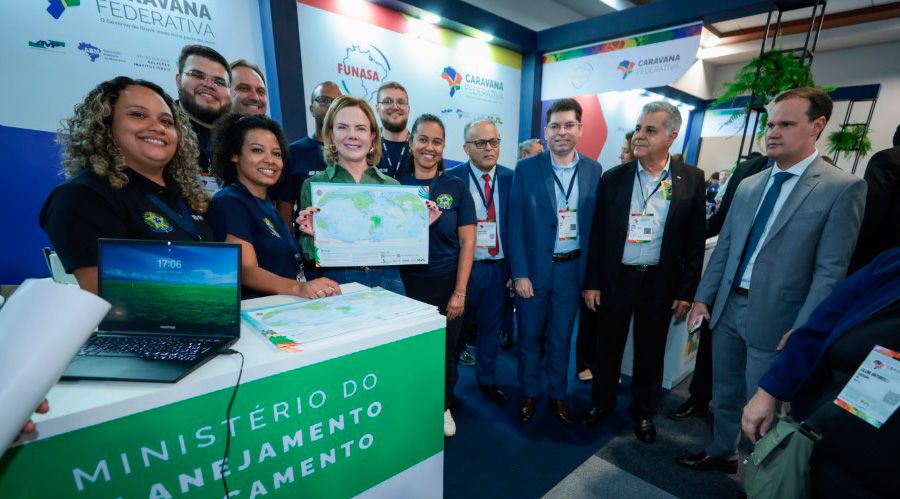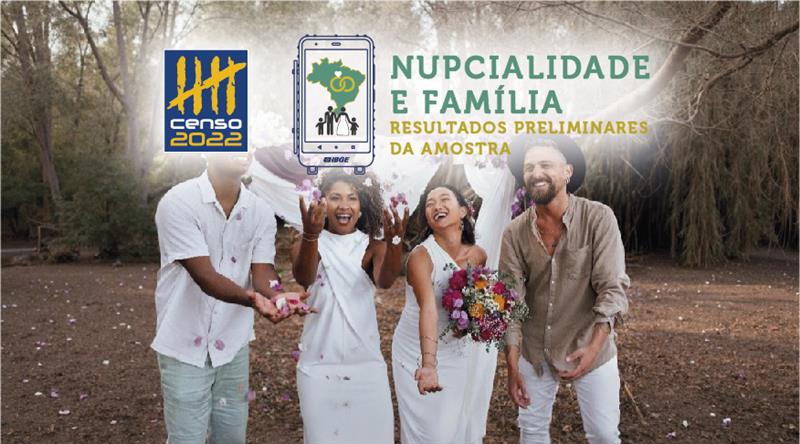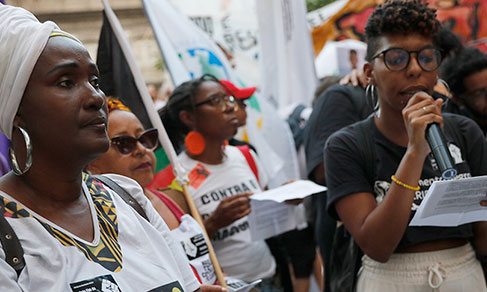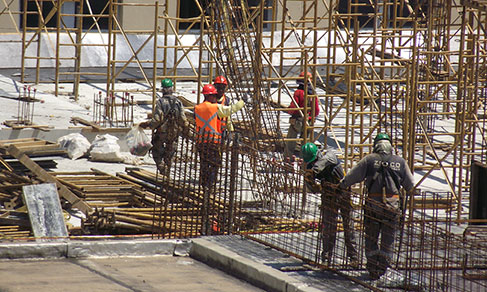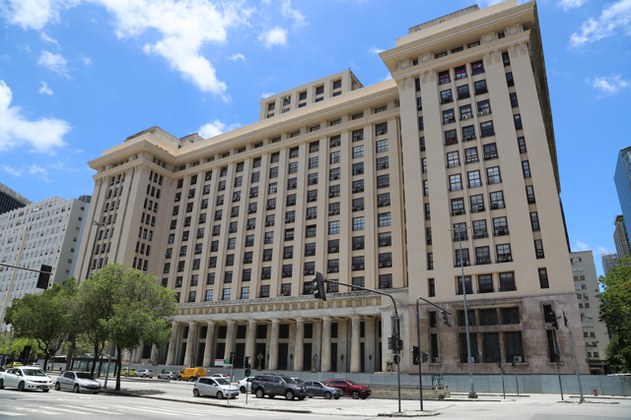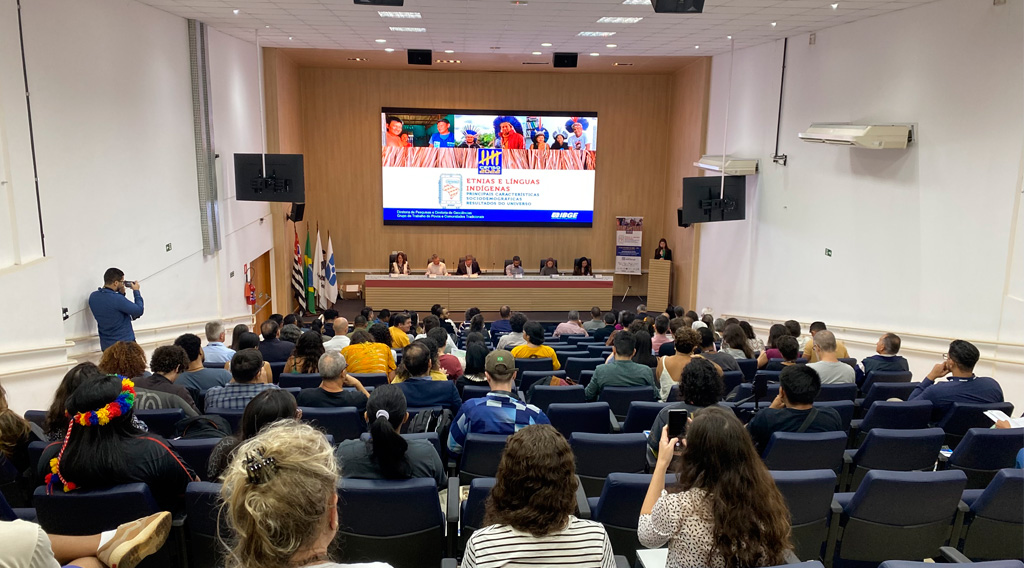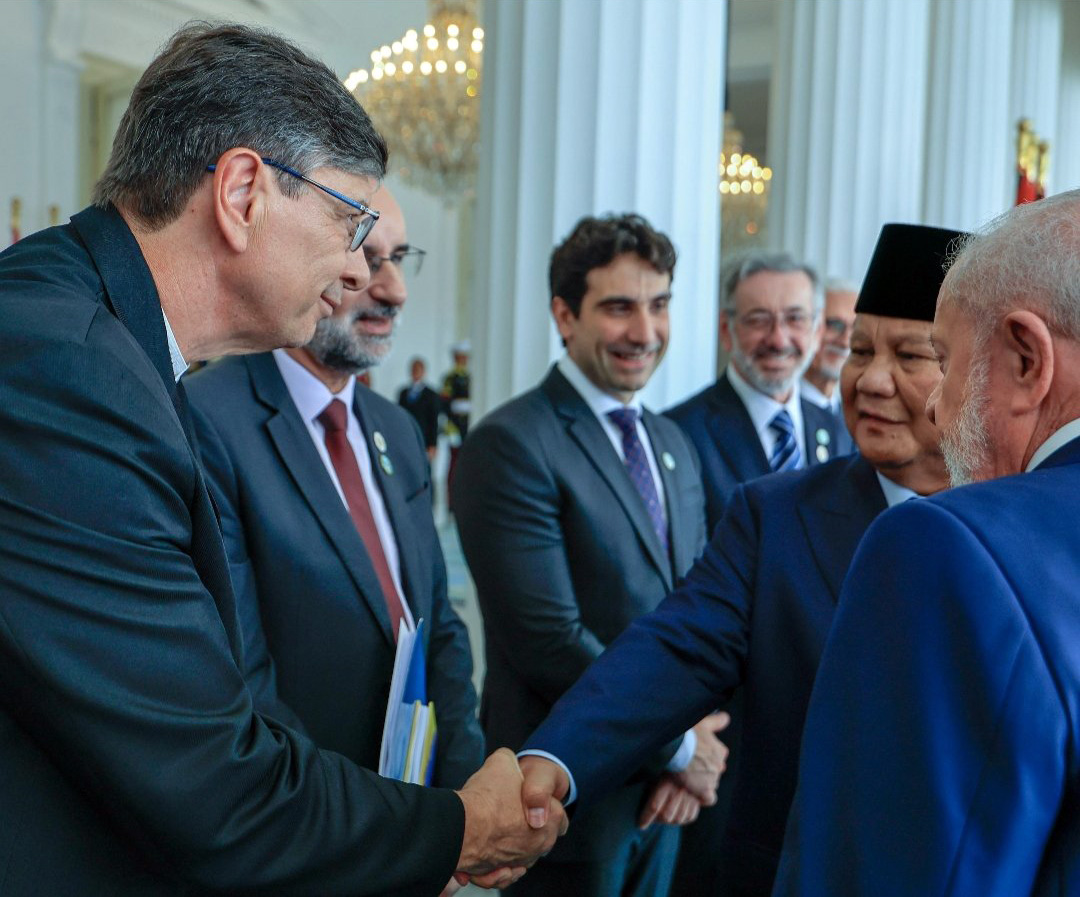2022 Census
Favelas and Poor Urban Communities: IBGE changes name of subnormal agglomerates
January 23, 2024 10h00 AM | Last Updated: January 25, 2024 02h34 AM

The IBGE is replacing the term “Subnormal Agglomerates”, adopted by the Institute in census editions and surveys since 1991. The new term, which has been thoroughly discussed by the Institute with social movements, the academic community, and governmental agencies, will be “Favelas and Poor Urban Communities”. As a result, the IBGE resumes the use of “Favela”, which had been the choice in 1950, and adds to it “Poor Urban Communities”, being more up to date with current identification standards. No change has been made in the criteria followed for the identification and mapping of the areas or as a guiding element of data collection as in the 2022 Population Census. The change refers to a new name expressing the same criteria but with a new approach to the issue.
“The release of 2022 Census results will take place in the second semester, following criteria used in census mapping, identification and data collection. The choice of the new nomenclature was based on technical studies and consulting with a number of social segments, in order to guarantee that the results of the 2022 Census will be presented from the perspective of fundamental constitutional rights of the population and the city,” says Cayo de Oliveira Franco, Geography Coordinator at the IBGE’s Directorate of Geosciences.
According to projections of UN-Habitat 2022, about one billion persons currently live in favelas and informal settlements, all over the world. This figure must be underestimated, given the difficulties in data capture faced by many countries and the dynamics of formation and dispersion of those territories. As presented by UN-Habitat, in 2021, approximately 56% of the population on the planet lived in urban areas, and that rate is expected to rise to 68% in 2050.
As for international statistics about favelas and poor urban communities, since the beginning of the 21st century, efforts made by UN-Habitat, especially, have been aimed at the construction of nomenclature and global operational parameters for the identification and mapping of those territories. The indicators produced for the monitoring of global targets associated with the Sustainable Development Goals for example, demand constant improvement of the production of information about those territories.
The IBGE, besides being an important agent in the definition of these agendas, is the agency in charge of this production for all the favelas and poor urban communities in Brazil, a challenge that matches the historical and geographic diversity of these areas.
The IBGE observed that some central landmarks evidenced problems in the use of the expression “Subnormal Agglomerate”. Among the legal foundations for the change is the right to housing, considered a human rights since the 1948 Universal Declaration and provided for in Article 6 of the 1988 Federal Constitution of Brazil. As a consequence, it is expected people will seek possible means to exercise their right, and that includes auto-construction and the occupation of public spaces in the city so that this social purpose is fulfilled. The right to adequate housing i salso described in Commentary no.4 of the United Nations Report on Economic, Social and Cultural Rights, issued in 1991.
Similarly, articles 182 and 183 of the 1988 Federal Constitution deal with the social function of property and of the city and about the institution of usucaption. Also stand out the Statute of the City (Law no. 10 257/2001) and the group of laws on urban land regularization.
Since 2003, the IBGE has engaged in a number of consultation actions aiming at nomenclature change. In 2021, the work group on Favelas and Poor Urban Communities was formed to provide information intended to improve the 2022 Census in all its steps. It was also their function to structure a new consultation process in order to resume the schedule of concept reformulation for Subnormal Agglomerates. Finally, in September last year, there was a National Meeting of Production, Analysis and Dissemination of Information on Favelas and Poor Urban Communities in Brazil.
The head of the Social Territories sector, Jaison Luis Cervi, recalls some decisions made after the consultation processes. Among them is the unanimous acceptance of the term favela, which is connected with a historical claim for acknowledgement and identity by social movements. Consensus was met around the idea that the term should have a complement. Also, the concept should have a positive connotation and be an element of confirmation, and not of stigmatization, thus reinforcing sociability, identity and the particular forms of organization of those territories.
“The importance of the term referring to territories that lack rights, instead of territories not in accordance with the legislation was also mentioned. Although it is essential to evidence the power of these territories, the challenge is to have the lack of assistance and rights be made clear by public statistics,” Mr. Cervi explains.
Considering these inputs, the IBGE prepared a new proposal for the text of criteria and selected possible alternatives for new nomenclature. The two better accepted options in these instances were “favelas and poor urban communities” and “favelas and popular territories.”
Based on this systematization, nine internal and external meetings were held. Within this process, the name “Favelas and Poor Urban Communities” was the one more aligned with the discussions throughout the process, even because it is the term usually adopted by the community leaders engaged in this debate. The term stands out due to its popularity, mainly out of the Southeast Region, and as a name supported by the social and community practices taking place in those territories.
“That way we can value the ways to create, do and live, acknowledged in Article 216 of the Federal Constitution, by means of the use of name the population can relate to,” Mr. Cervi added.
The Census survey of 1950 brought into discussion the many challenges regarding the identification, mapping and classification of the favelas, firstly in relation to the concept of a favela, which, having started to be used in Rio de Janeiro, was not widely known in other parts of Brazil. The results of this inquiry evidenced the relevance of specific studies about these territories, considering that 7.2% of the population in Rio de Janeiro were living in favelas that year.
The Census of 1960 kept the name “Favelas” as a reference for those territories. In comparison with the previous Census edition, of 1950, the number of favel as in Rio de Janeiro increased from 58 to 147. It was in this same Census that the IBGE, elaborated, for the first time, its own cartograms to conduct the survey in cities, as a replacement for household-building lists. The acceleration of the urbanization process led to an increase in dimension and complexity of this topic.
as in Rio de Janeiro increased from 58 to 147. It was in this same Census that the IBGE, elaborated, for the first time, its own cartograms to conduct the survey in cities, as a replacement for household-building lists. The acceleration of the urbanization process led to an increase in dimension and complexity of this topic.
In 1970, the Census adopted the terminology “Exceptional Urban Agglomerates”. Despite the change, the new concept reproduced virtually the same one employed to describe a favela in the 1950 Census. The 1970 Census dealt with exceptional urban areas in a way as to fulfill the need for different sample surveys and specific tabulation.
The 1980 Population Census keeps the identification of special areas and removed the term “exceptional” from the concept, which then started being named “Special Area of Urban Agglomerate”. For the first time, there were statistical tabulations at national level for those areas, thus expanding the coverage of the results which, in 1950 and 1960, had been released for the Federal District, only. Tabulations were produced for the resident population by sex, occupied private housing units and average of persons per occupied private housing unit, by municipalities and favelas. In that year, the Census counted 2,280,063 persons living in 487,729 occupied permanent private housing units located in favelas.
The 1990 Census, postponed to 1991, was the first survey to adopt the concept “Subnormal Agglomerate”, adding to this name the observation, in parenthesis, “Favelas and Similar Localities.” This is the census in which the criteria of irregular land irregularity became the main form of identification of the agglomerates, being always associated to the precarious conditions of at least one of the urban patterns or of essential public services. A total of 4,482,637 persons living in 1,028,911 housing units in these areas.
In this census, the Institute created Municipal Census Commissions, which had the function of helping motivate the population in each municipality, and provide support to the data collection step. The IBGE also created the Consulting Commission, formed by specialists that gave their opinion about the content of questionnaires, the samples and the counting methods, among other aspects.
The 2000 Census marked the intensification of the discussion with civil society about the production of public statistics, keeping the terms “subnormal agglomerates” to refer to areas known as favelas, communities, villages, lots, slums in deep valleys, among others. A total of 6,535 634 persons were living in 1,662,868 permanent private housing units in Subnormal Agglomerates (favelas and similar localities).
It is important to highlight that that the 2000 Population Census went into the field in periods close to the MUNIC surveys in 1999 and 2001, which revealed a number of municipalities with “favelas and similar localities” of 1 269, above that one listed in the 2000 Census Mapping, which had enumeration areas in subnormal agglomerates in 225 municipalities. The different figures found by MUNIC and by the 2000 Census were also observed in the total of favelas referenced in municipal registries and in the total housing units in these areas according to the compilation of municipal information. That led to a number of institutional efforts for the improvement of identification and mapping procedures of these areas.
The 2020 Census led to advancements in the intensification of subnormal agglomerates, keeping, however, the main nomenclature used in the Censuses of 1991 and 2000 and excluding the expressions “favelas and similar locations” that was added to the main term. A total of 11,431,619 persons living in 3,229,434 permanent private housing units in Subnormal Agglomerates.
If, in the Censuses of 1991 and 2000 these territories were considered for very limited tabulations and as a way to differentiate the aggregates, in the 2010 Census, the IBGE produced specific publications, aiming at highlighting its relevance as an important demonstrator of the socioeconomic conditions of the population, with a focus on the distribution over the national territory and on the maximum use of variables in the basic questionnaire and in the sample questionnaire. It was also possible to detail results relative to each agglomerate, and that was of great relevance to urban studies in Brazil and to the development of local public policies.
The results presented between 1980 and 2010 reflect to the methodological and operational improvement of the survey, and that allowed a more precise identification of these territories all over the country. Nevertheless, the figures do not allow conclusions about the dynamics of the rise, expansion or removal/relocation of favelas, thus making the comparability of results more difficult. The IBGE has been analyzing, for the publication of results in the 2022 Population Census, the comparability with results of 2010, and the identification of the territories that already existed and had not been identified, in that year, as well as of the territories that had been expanded or relocated.




